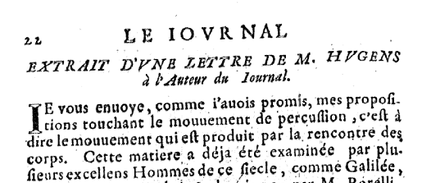
Recently, my last paper that I have worked on before I started Paperpile was finally published. I’m quite happy with the work because it brings together my favourite topics: RNAs, genomes and evolution. Unfortunately, I did not have much time following up on the reception of the paper. However, there was at least one review on the web I did not miss.
The Institute for Creation Research (ICR.org) picked up our paper here. They come to a slightly different conclusion of our work:
“Researchers from MIT and the University of Massachusetts Medical School recently characterized a group of genes in humans and other mammals that not only defies evolutionary models but vindicates the Bible’s prediction of the uniqueness of created kinds with distinct genetic features.”
Well, at least somebody took the time to read our paper. And they actually seem to have read it carefully because they pick out one of the most interesting results.
There is a relatively large fraction of human so-called “long noncoding RNAs” that cannot be found even in closely related primates. We briefly tried to find out about their evolutionary history linking them for example to repeat sequences that are known to evolve quickly. Also a referee asked us to find out more about those evolutionarily young RNAs. But in the end we had to leave this question largely open for this paper.
Alternatively, we could have concluded like the ICR that they “have no evolutionary history” and that “they appear suddenly and fully functional in the human genome”. But I don’t think the referees would have liked that.
In the end, some questions remain: Should we be flattered or concerned that the ICR likes our paper? Does this review count to our Altmetric score?


